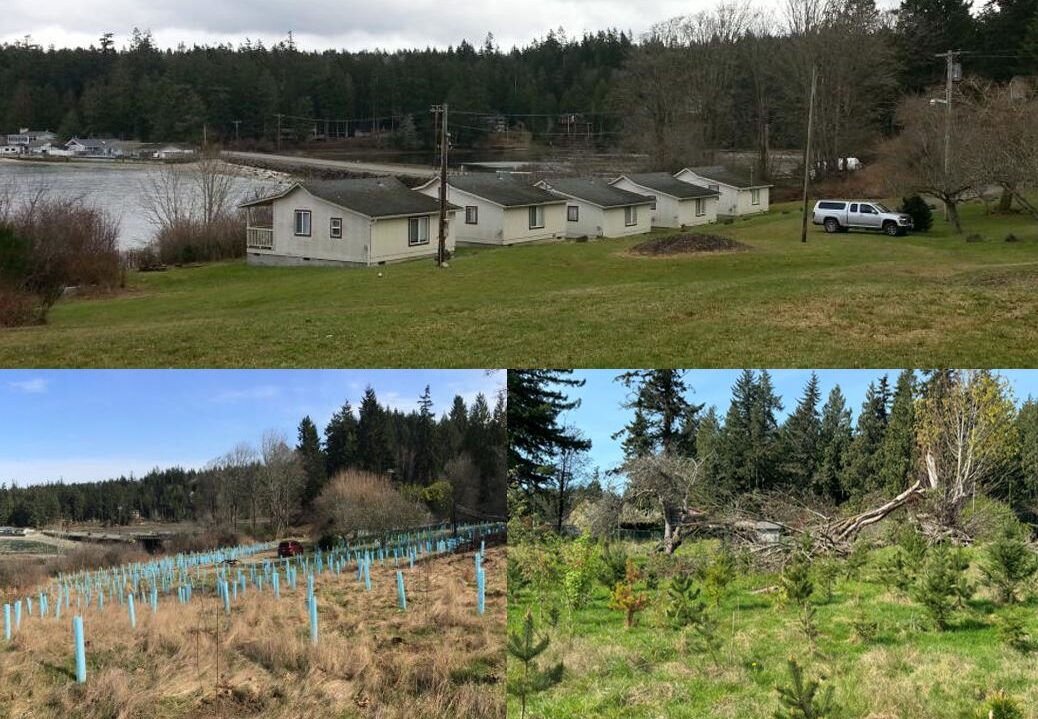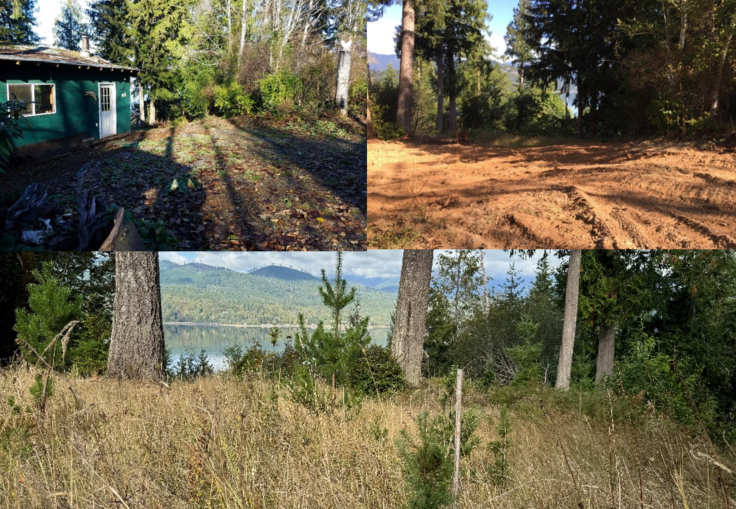In-lieu fee (ILF) mitigation is one type of mitigation that can be used to offset unavoidable impacts to wetlands and other Waters of the US. In this mitigation approach, a permittee pays a fee to a third party instead of conducting project-specific mitigation or buying credits from a mitigation bank. The fee charged by an ILF program sponsor represents the expected cost of replacing the functions lost or degraded as a result of the permittee’s impact project. An ILF program typically combines fees collected from one or more impact projects to finance a mitigation project.
The HCCC ILF Program provides a mitigation option in Hood Canal for impacts to freshwater and marine aquatic resources. Applicants interested in purchasing credits can contact the staff listed at the bottom of the webpage.
In the News! Construction fees support local program that protects and restores rare habitats in Hood Canal









